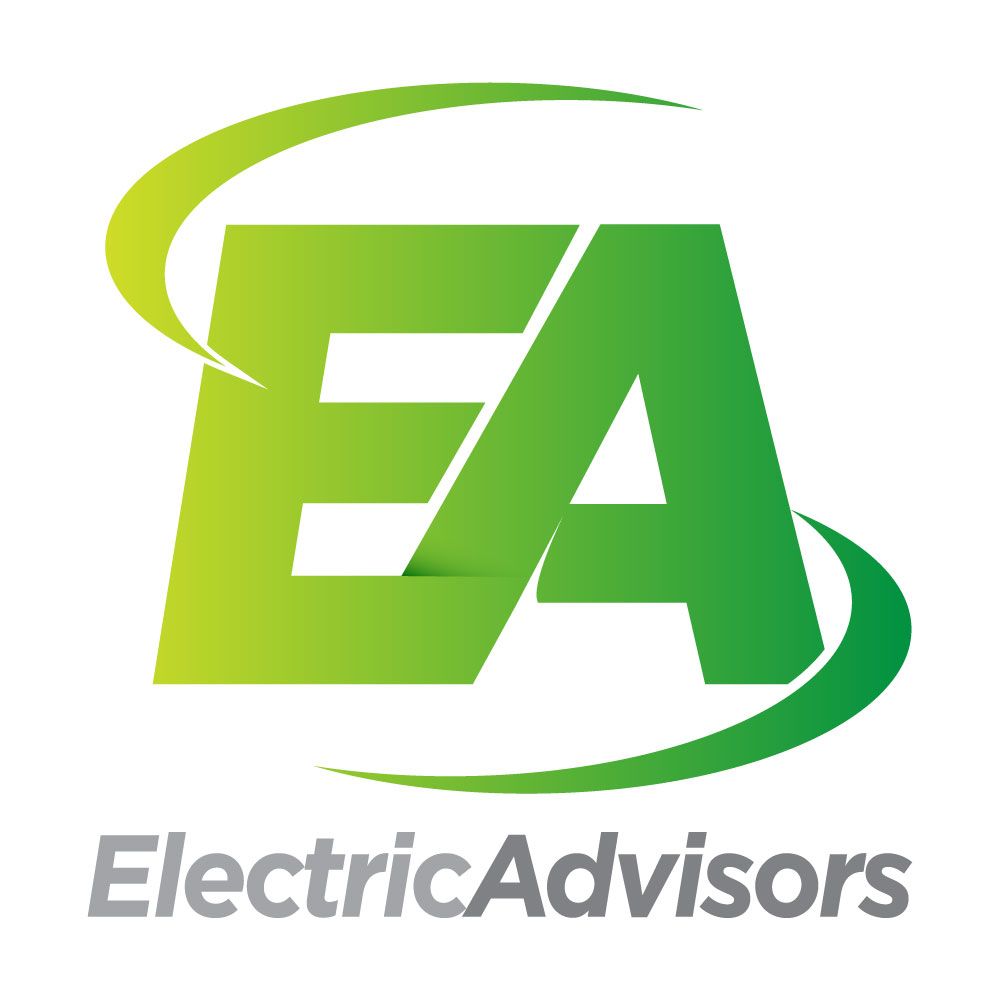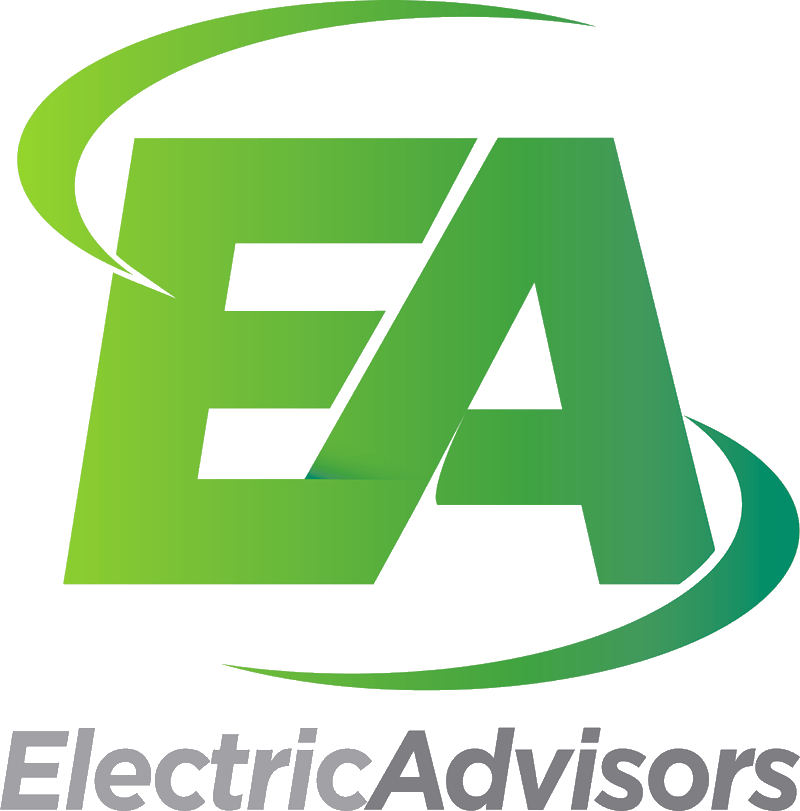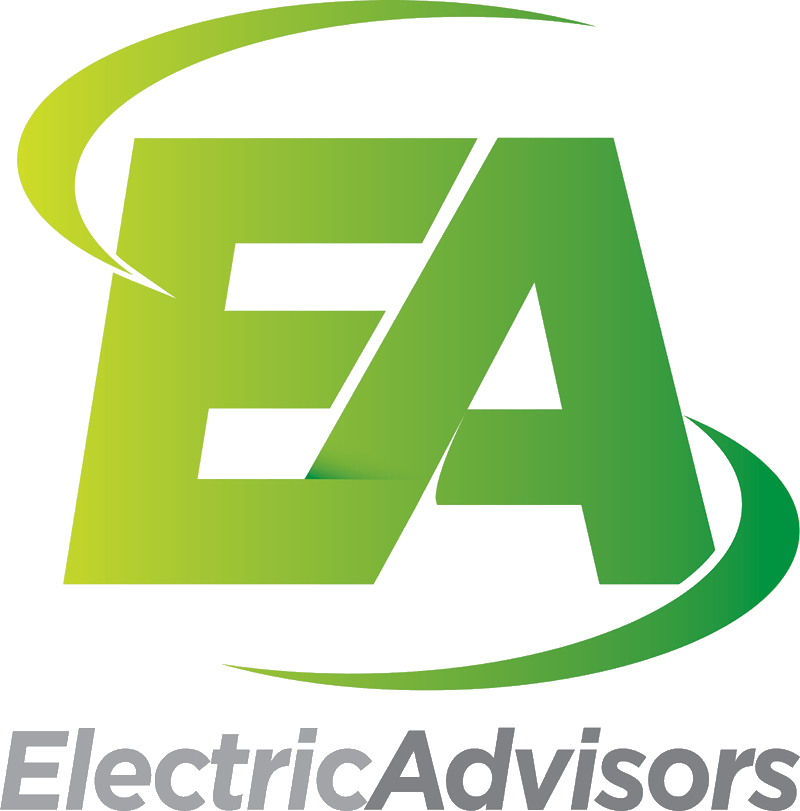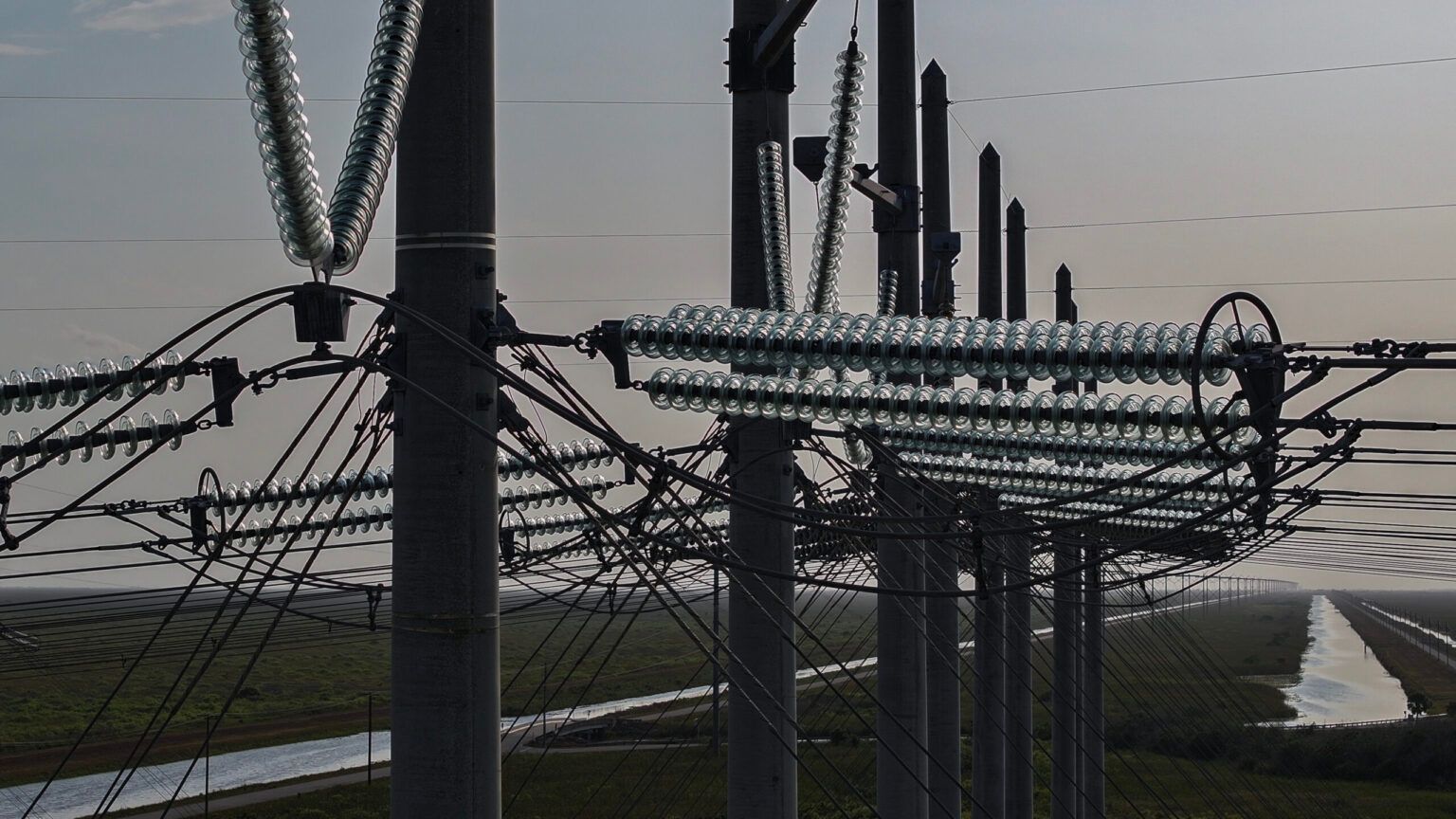What Is a REC Anyway?
What is a REC?
A REC is a Renewable Energy Certificate.
When fossil fuels are used to generate electricity, harmful greenhouse gases are emitted into the atmosphere. But electricity generated or produced from renewable energy sources does not have a negative impact on the environment and can lessen the need for power generated from conventional sources, like fossil fuels. The positive environmental attributes associated with electricity generated from renewable energy sources are sold as renewable energy certificates, or RECs. RECs have their own market value, which can vary based on their source and the location of origin, and also enable a buyer to track where, when and how the renewable energy they represent was produced.
Why add REC's to my electricity supply contract?
Renewable Energy Certificates are a simple and cost-effective way to offset the negative impacts of the power you use and consume from conventional generation sources. In fact, it’s much easier and less expensive than solar panels and other forms of distributed energy.
REC's also can be part of an overall sustanability branding used in educating the marketing place as to an entities overall commitment to a sustainable future. Think "Powered by 100% wind" for example.
Why else should I buy REC's?
RECs represent the positive attributes of energy generated from renewable sources. By purchasing RECs to offset a portion of your load, you also help encourage the development of additional renewable energy sources and technology.
Where can I buy REC's?
Electric Advisors has the ability to shop your REC purchase for you with our bevy of elelctricity providers. Giving you the option of a bundled purchace (electricity supply+REC's) or unbundled (REC's only). Call or write to us to learn more.





